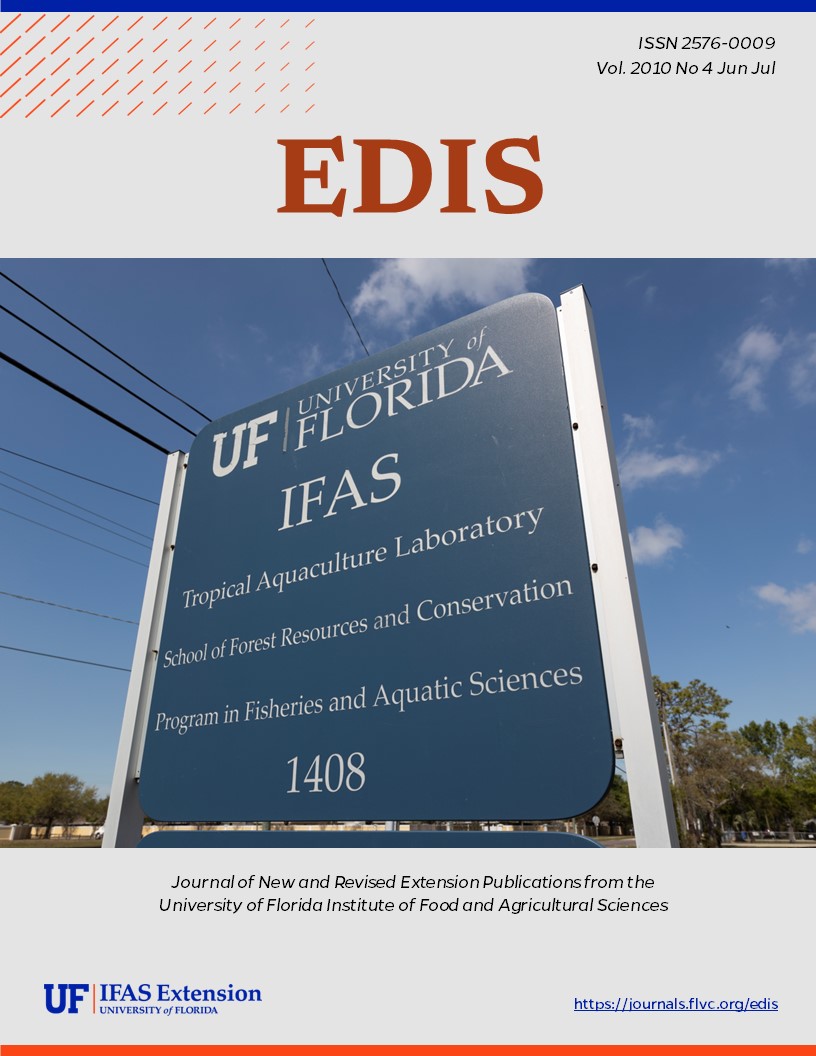Abstract
FOR 256, a 2-page fact sheet by Michael G. Andreu, Melissa H. Friedman, Mary McKenzie, Heather V. Quintana, and Robert Northrop, describes this native deciduous tree found in the wet soils of swamps, flatwoods, bottomlands, and riverbanks throughout the southeastern United States — scientific and common names, description, allergen, and applications. Includes references. Published by the UF School of Forest Resources and Conservation, June 2010.
References
Austin, D. F. 2004. Florida ethnobotany. Boca Raton, FL: CRC Press.
Borror, D. J. 1988. Dictionary of root words and combining forms (1st ed.). Mountain View, CA: Mayfield Publishing Company.
Godfrey, R. K. 1988. Trees, shrubs, and woody vines of Northern Florida and adjacent Georgia and Alabama. Athens, GA: The University of Georgia Press.
Grimm, W. C. 2002. The illustrated book of trees. Mechanicsburg, PA: Stackpole Books.
Little, E. L. 2005. National Audubon Society field guide to trees, Eastern region. New York, NY: Alfred A. Knopf.
Nelson, G. 1994. The trees of Florida: A reference and field guide. Sarasota, FL: Pineapple Press.
Ogren, T. L. 2000. Allergy-free gardening: The revolutionary guide to healthy landscaping. Berkeley, CA: Ten Speed Press.
Osorio, R. 2001. A gardener's guide to Florida's native plants. Gainesville, FL: University Press of Florida.
Kurz, H., and R. K. Godfrey. 1993. Trees of Northern Florida. Gainesville, FL: University Press of Florida.

